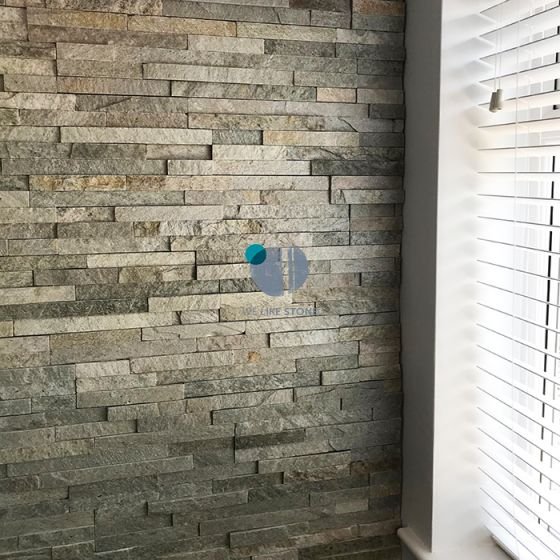Before you decide to install interlocking floor Slate Patio Tiles, you should learn about the advantages and disadvantages of this product. Read this article to learn about the costs, installation, and durability of these floor tiles. You can also check out our video to get an idea of how to install them. After you learn about the advantages and disadvantages, you’ll feel confident enough to install them yourself.
Disadvantages of interlocking floor tiles
Interlocking floor tiles are modular and easy to install. You can snap them together with a mallet or with a hand. They don’t separate in use, but you should align them correctly to snap together easily. If you’re using a mallet to snap the tiles together, be careful to avoid damaging the loops. Moreover, these floor tiles do not have watertight seams and may crack in humid or wet climates.
The thinner they are, the less airflow they allow, and they will take longer to dry in humid environments. Also, thinner interlocking floor Wall Facing Tiles have a tricky locking mechanism. This is not ideal for semi-permanent installations because they cannot support a sturdy locking mechanism.
Durability
Among the many benefits of using interlocking floor tiles in your home or office, their durability is of prime importance. These tiles are extremely resistant to scratches, stains, and other types of damage. They can also withstand heavy foot traffic. And, because of their tight interlocking design, they prevent hot and cold air from leaking through. In addition, they are easy to clean and can be replaced with ease.
Depending on the material used, you can choose from a variety of materials. A thick, sturdy material will provide superior strength and durability, making them a good option for garage floors. Thick, resilient materials are also less susceptible to cracking and breaking. If you plan to leave the floor tiles in a garage, durability is an essential factor for you. A thick tile will hold up to heavy pressure and is easy to clean.
Cost
Home Wyse Interlocking Floor Tiles cost estimates typically include subsurface preparation, material layout, edge restraints, and proper drainage slope. They exclude extensive grading and demolition, and include detailed bids from qualified professionals. Labor costs vary from low to high based on work load and seasonal wage rates. Using multiple vendors can decrease the overall cost. The following tables outline cost estimates for a variety of home Wyse Interlocking Tiles.
The cost of interlocking floor tiles varies based on the type and quantity purchased. Larger tiles are easier to install, and they usually come in five color options. Each set contains four tiles, including a corner tile. Peel-and-stick tiles eliminate a jagged seam when installed, and polyvinyl tiles resist water, oil, and gas. In addition, they are easy to clean, which makes them a good option for a commercial environment.
Installation
When installing interlocking floor tiles, you can follow the instructions provided by the manufacturer or find videos online. Before you begin, make sure to prepare the surface area for installation by sweeping it thoroughly. If you live in a wet climate, you may want to install synthetic landscape fabric underlayment. Regardless of climate, most manufacturers include installation instructions. For the most accurate results, start from one corner of the room and work your way outwards.
While installing floor tiles, you must ensure that you leave a half-inch gap between the tiles. This will prevent cold air from escaping and dampness from coming through. Also, it will be easy to rearrange the floor layout in the future. You can use the Greatmats floor plan designer to make the task easy. By following the instructions, you’ll install floor tiles efficiently and safely. However, you should take note of the precautions and drawbacks of different types of interlocking floor tiles.




